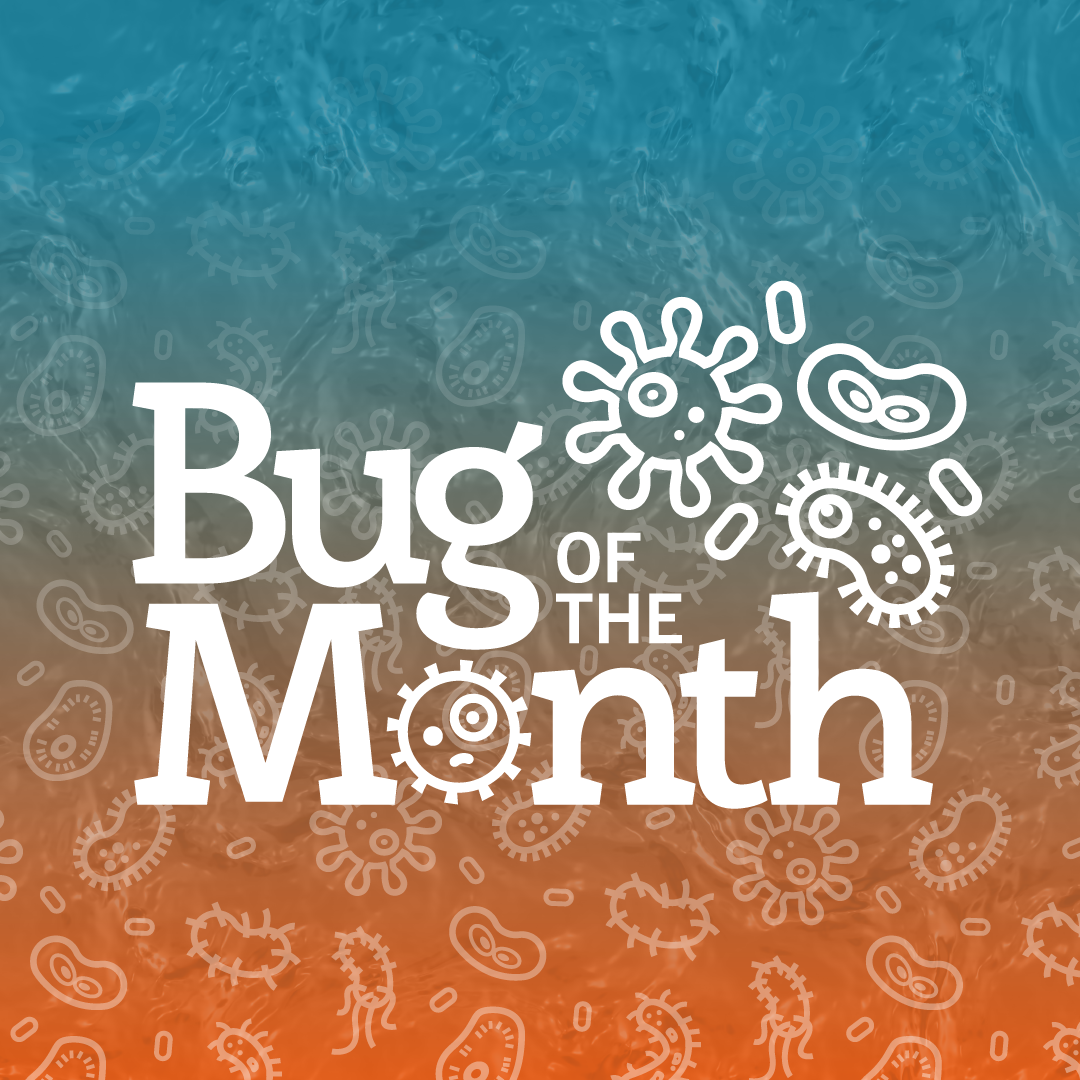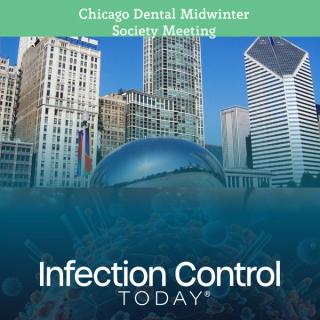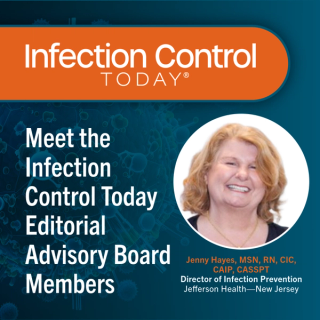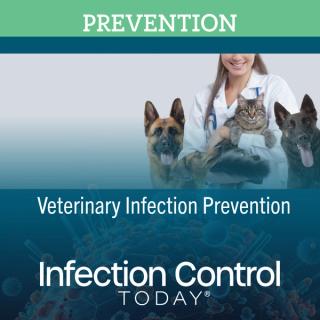
Hand Hygiene
Latest News

Latest Videos

More News
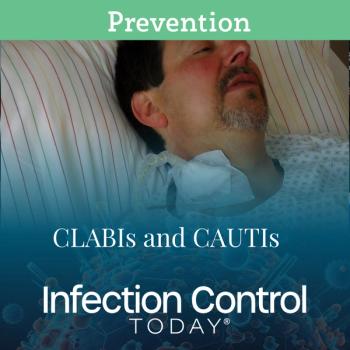
Health care–associated infections like CLABSIs and CAUTIs threaten patient safety. Learn evidence-based strategies, new technologies, and prevention protocols to reduce these infections and improve outcomes.

A silent invader lurks in health care settings, exploiting human oversights to spread. Discover how vigilance, hand hygiene, and disinfection can stop infections before they begin.

During Black History Month, we honor the resilience and contributions of Black medical professionals in health care. Despite barriers, they have led transformative changes, advocating for equitable access and medical excellence. Recognizing their impact ensures a more inclusive health care future for all.
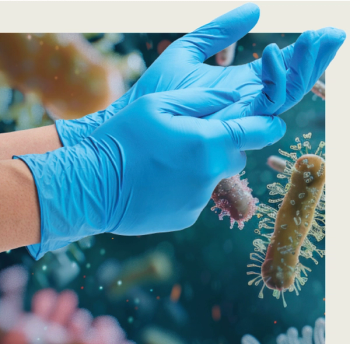
Proper glove use is crucial in health care settings to prevent infections. Guidelines from TJC, CDC, and WHO stress correct selection, usage, and disposal to minimize health care–associated infections (HAIs) and cross-contamination risks. Infection preventionists (IPs) play a key role in educating staff, enforcing compliance, and improving patient safety through standardized glove practices.
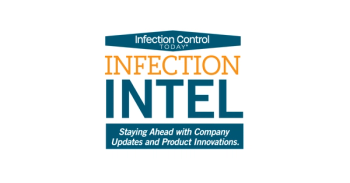
GermZAPP is an affordable hand hygiene system designed to educate, monitor, and encourage adherence in schools, nursing homes, and health care settings, effectively addressing gaps in infection control.

The Bug of the Month helps educate readers about existing and emerging pathogens that are clinically important in today's health care facilities.
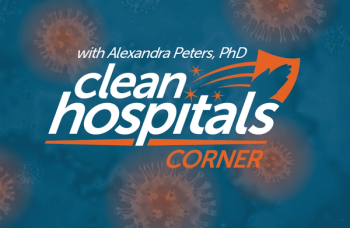
Despite revolutionary advancements like alcohol-based hand rubs, infection prevention still faces major hurdles. Poor adherence to hygiene, overreliance on technology, and understaffed environmental services create perfect storm conditions for deadly outbreaks.
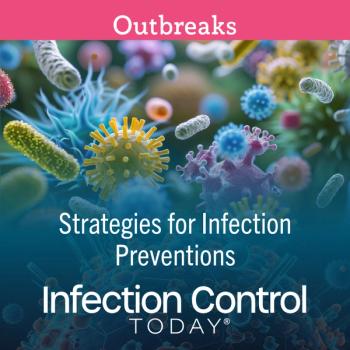
Norovirus and avian influenza outbreaks require infection preventionists to enhance hygiene, train staff, implement PPE use, and ensure effective disinfection to protect health care workers, patients, and facilities.
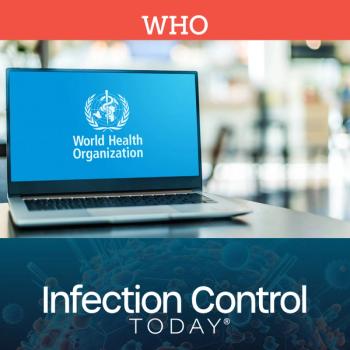
The US withdrawal from WHO jeopardizes infection prevention, research funding, and global collaboration, disproportionately impacting low-income nations reliant on WHO support for equitable health care advancements.
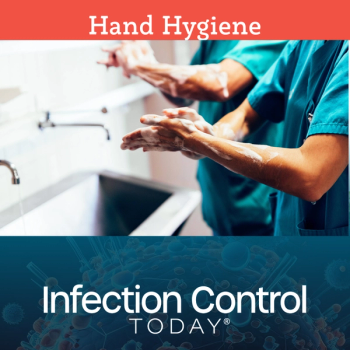
Discover how reducing hand hygiene observations from 200 to 50 per unit monthly can optimize infection preventionists' time, enhance safety culture, and improve patient outcomes.

Discover SHEA's visionary 10-year plan to reduce HAIs by advancing infection prevention strategies, understanding transmission, and improving diagnostic practices for better patient outcomes.

Gloves, masks, and surface disinfectants are infection prevention powerhouses. Equip your practice with these essentials to protect patients and staff this cold and influenza (flu) season.

The Bug of the Month helps educate readers about existing and emerging pathogens that are clinically important in today's health care facilities.

Get Well’s digital patient engagement platform decreases hospital-acquired infection rates by 31%, improves patient education, and fosters involvement in personalized care plans through real-time interaction tools.
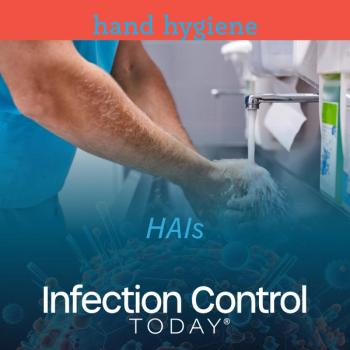
The Leapfrog Group enhances hospital safety by publicizing hand hygiene performance, improving patient safety outcomes, and significantly reducing health care-associated infections through transparent standards and monitoring initiatives.
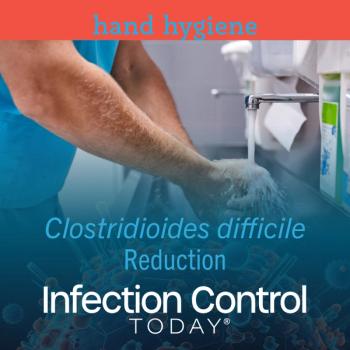
Clostridioides difficile infections burden US healthcare. Electronic Hand Hygiene Monitoring (EHHMS) systems remind for soap and water. This study evaluates EHHMS effectiveness by comparing C difficile cases in 10 hospitals with CMS data, linking EHHMS use to reduced cases.
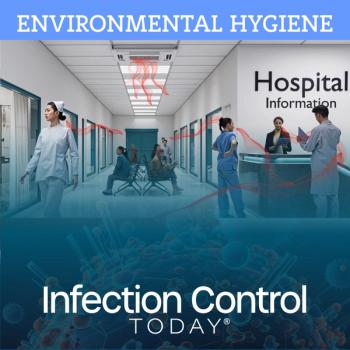
A 3-D approach to infection control involves air and surface cleaning, leveraging monitoring, purification, and modeling technologies to reduce respiratory infection risks in health care environments.

Explore APIC Chapter Conferences for the remainder of 2024 and 2025. As your APIC Chapter announces its conference, send it to ICT to be posted here!
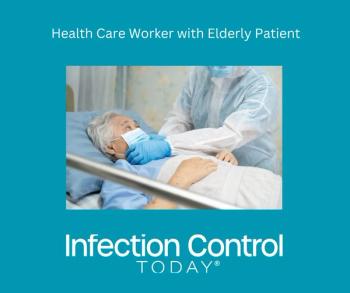
Research finds Enhanced Barrier Precautions reduce MDRO transmission in nursing homes, though challenges persist with gown usage, education, and comfort during high-contact care activities.
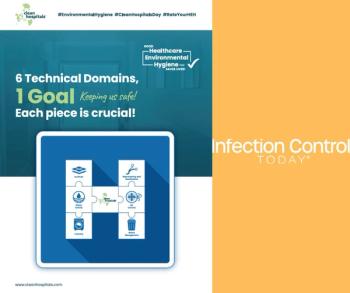
Paul Harleman of Vileda Professional discusses their partnership with Clean Hospitals, emphasizing innovation, sustainability, and global efforts to improve hospital hygiene and safety.

Use this handout to explain the basics of why infection prevention and control and antimicrobial stewardship are essential and how the 2 fields must have a unified approach to patient and staff safety

The Bug of the Month helps educate readers about existing and emerging pathogens that are clinically important in today's health care facilities.

Clean Hospitals promotes global healthcare environmental hygiene, reducing infections and antimicrobial resistance. Join the movement to improve patient safety and staff protection through Clean Hospitals Day.

Enjoy this first installment of The Long-Term Care Chronicles With Robbie Hilliard, MSN, RN CIC, a column about managing special infection control situations in the long-term care patient population. This installment is about when 2 experts conflict about best care.

Infection Control Today® speaks with the 2023 Infection Control Today’s Educator of the Year Award™ winner, Sharon Ward-Fore, MS, MT,(ASCP), CIC, FAPIC




